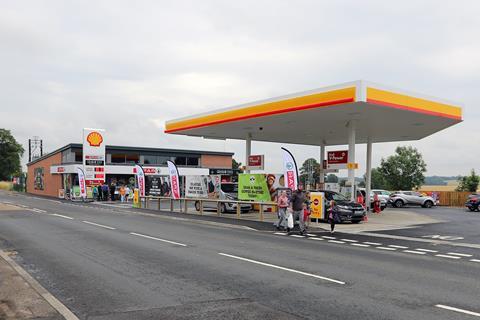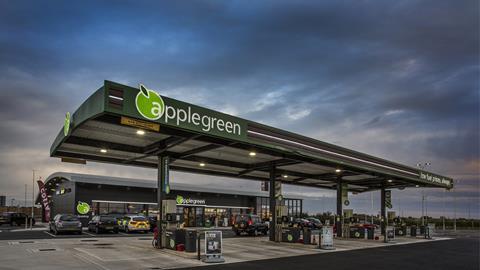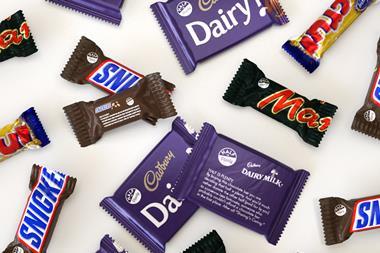The new scheme is expected to make prices more competitive
A new government scheme aimed at helping drivers find the cheapest prices at the pumps is in the works.
On the back of the Competition & Markets Authority’s report, the regulator’s proposals for a ‘fuel finder’ scheme will allow drivers to compare all forecourt prices in real time via third party platforms such as satnavs and a dedicated fuel finder app.
So what will it mean for independent forecourt retailers? And how can they respond?
The obvious challenge is their lack of buying power. Plus, “other players like oil companies or supermarkets [enjoy] economies of scale,” says Petrol Retailers Association executive director Gordon Balmer. “But smaller independents don’t have that power, especially with a small-format shop offer.”
As a result, while the CMA has noted some examples of independents who have been able to price fuel cheaper than supermarkets, for many this is impossible, and retailers are naturally fearful the scheme could cost them customers.

“What we don’t want to see is retailers who have to charge a higher price, because their commercial deal is not as strong as others, losing business because of it,” says one forecourt retailer.
“I’m not saying I want consumers to overpay, but it will change the behaviour of [motorists], and the risk to independents is that it will jeopardise their volumes.”
With fuel prices having soared, declining sales volumes are already a major headwind for independents, according to Balmer, running as low as 20% of pre-pandemic levels for some.
Meanwhile the strain of rising operating costs and inflation is making “margin management on fuel sales critical for independents”, leaving little room for manoeuvre on price.
Fight for survival
Amid fears some smaller operators may be forced out of the market, one retailer counters: “Survival is about offering a different convenience offer and championing your local credentials.”
It could require leaning more into convenience as a driver of fuel sales than vice versa, through an enhanced offer.
Balmer says: “If a consumer’s mission is to purely find the cheapest fuel, then perhaps you’d be more willing to drive an extra five miles down the road. But if you’re looking for food for tonight, or services such as a car wash, Post Office or ATM, then visiting your local forecourt can provide all that.”
David Charman, owner of Spar Parkfoot in Kent, argues convenience “will still be the biggest driver of fuel volume”.

Retailers may derive some reassurance from the fact free petrol price comparison apps already exist. PetrolPrices.com lists forecourts by price within a five-mile radius, with prices updated every 24 hours using fuel card transaction data, and claims to have 2.75 million subscribers, but the information “is only used by a tiny minority [of drivers]”, argues Charman.
Balmer adds: “When you consider there are 33 million drivers on the road, it will be interesting to see the uptake.”
Price comparisons can also have their uses to independent retailers. Plaistow Broadway Filling Stations uses PetrolPrices.com “to track our competitors”, says director Daniel Panormo. “We would welcome the new fuel finding scheme as we always try our best to be competitive,” he adds.
There could be other advantages to the fuel finder scheme, too, argues FairFuel UK founder Howard Cox. He notes the new oversight body underpinning the scheme will monitor both prices and margins. “To publish margins, wholesale prices are needed,” he says.
As such, it could be “an opportunity for indies as it will hold oil companies and fuel wholesalers to account for the first time”, he argues.
“It is often the retailers themselves who get [criticised] unfairly for setting higher forecourt prices, even though setting prices is dictated further up the supply chain.”




















No comments yet